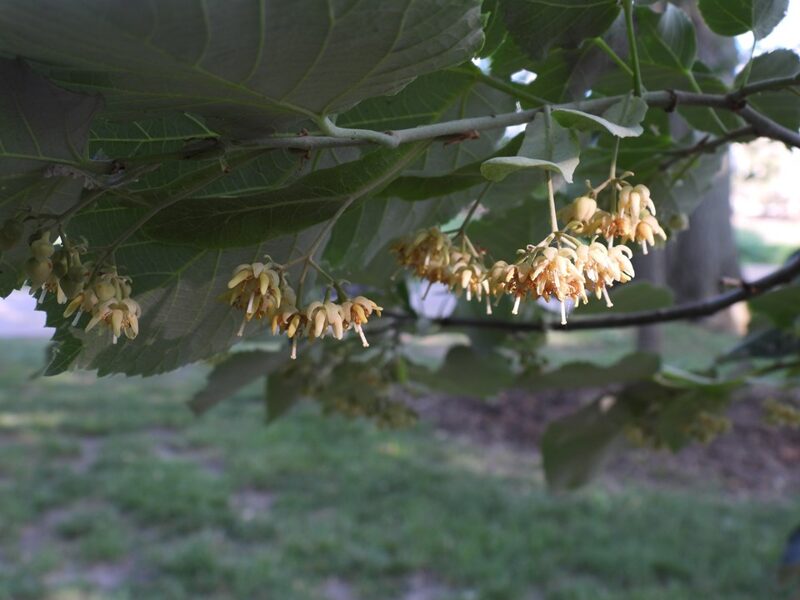Three-thorned Gleditsia. Gleditsia triacanthos inermis. Seeds. H 20-30m
Three-thorned Gleditsia. Gleditsia triacanthos inermis. Seeds. H 20-30m
Gleditsia got its name in honor of Gottlieb Gleditsia (1714–1786), a German physician and botanist, director of the Berlin Botanical Garden. The beautiful tree came to Europe at the end of the 18th century; it was first planted near London.
A fast-growing tree with a dense, asymmetrical crown, which eventually forms an umbrella shape. It has dark brown, sometimes almost black bark with long and narrow flaking scales and slightly curved zigzag pinkish-brown, later olive-green, brown or gray shoots.
It grows mainly in central North America from South Dakota to New Orleans, in central Mexico and Massachusetts. On moist soils, in river valleys.
20-30 m tall evergreen tree.
Lives up to 120, rarely up to 150 years.
Sensitive to frost, freezes in colder winters, but quickly regenerates. Tolerates urban conditions, drought, heat, increased salt content and strongly acidic soils. Gledichia is a very suitable tree to plant in places where rarely any tree will feel comfortable.
Gledichia branches are covered with hard, up to 8 cm long thorns, which sometimes reach a length of 30 cm on the trunk. Large thorns (they are the longest of all thorny woody plants growing in Latvia), on the one hand, are a disadvantage, on the other - an advantage: you can create an impenetrable hedge from gledichia. The branches are usually thorny.
In autumn, the leaves turn yellow. Flowers are yellow-green, fragrant, in clusters 5-7.6 cm long.
Blooms in July.
The main decoration of the tree is the fruits, which ripen in October and November; they resemble beans – reddish-brown, flat, slightly curved, leathery, shiny, 15–30, even 50 cm long. The beans contain large, flat seeds; the pods, swaying in the wind, hang on the tree almost all winter.
The plant is not poisonous. The wood is used to make furniture.
The plant extract is used to treat rheumatism, it has anticarcinogenic and antimutagenic properties. Various varieties are grown as ornamental plants.
The tree is resistant to diseases and pests, is not demanding on growing conditions – it does not require fertile soil and tolerates even saline soil. It can grow in clay, sandy, loamy, alkaline and acidic soils, is very drought-resistant, and also tolerates high heat.
The tree tolerates pruning well, so it is often used for hedges; due to the many large thorns, such plantings are practically impenetrable. The root system of the tree is superficial and very branched - it grows from the trunk up to 10 meters, forms root shoots and, since it is not demanding on the soil and tolerates salinity, is suitable for planting in soils prone to erosion, on steep slopes, and on forest edges. In addition, gledichia improves the soil, enriching it with nitrogen.
The seeds are soaked in warm water, sown in the soil for the winter or spring. After germination, they must be dug out, the young seedlings can be planted in a permanent place after two to three years.
Gleditsia also has economic importance - it is a honey, food and insecticide plant. It is able to secrete nectar even in drought, but bees visit the flowers of the tree in any weather, bringing a lot of nectar and pollen to the hive, and sweet fruits are willingly eaten by livestock. The leaves and fruits contain a lot of vitamin C, and a coffee substitute is made from the seeds. Gleditsia leaves secrete phytoncides that destroy harmful microbes. Thorny Gleditsia is also a good phyto-ameliorative plant. In turn, Gleditsia wood is durable, heavy, with a beautiful pattern.
seeds in a package of 3 pcs.



